Wicklow Mountains National Park – Hiking, History and Travel Guide

Spanning over 20,000 hectares, Wicklow Mountains National Park is the largest in Ireland. With breathtaking lakes, deep glens, and ragged peaks, it remains a top spot for hikers, nature lovers, and lovers of history.
Set in County Wicklow, it is one of the most visited natural wonders in Ireland. Visitors can discover ancient monastic sites, scenic views, and diverse wildlife. Even if you are hiking, just touring, or driving along Wicklow Gap, this park will always provide a memorable experience.
Where is Wicklow Mountains National Park Located?
Wicklow’s mountains stand silently, their peaks crowned in verdure, like the protectors of nature. Everywhere one looks is breathtaking scenery. These mountains are unique because of the variety of flora and fauna that live there. In this serene place, where the rugged terrain and delicate surroundings coexist, life is like a vibrant orchestra.
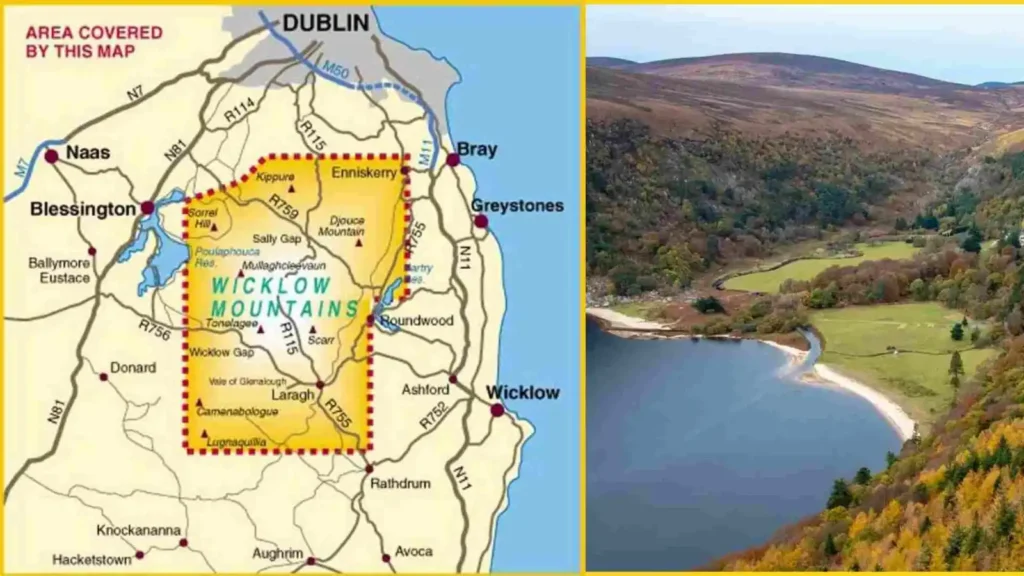
History and Natural Beauty of Wicklow
The Wicklow Mountains originated more than 500 million years ago. Shaped by glaciers, they are characterised by deep valleys, rolling hills, and blanket bog landscapes. Here you can find butterflies, deer, peregrine falcons, otters, and other creatures that help diversify the park’s ecosystem. The main attractions are Upper Lake, Poulanass Waterfall, and Glendalough’s historic monastic city. This national park aims at making successful preservation of natural and cultural heritages of interest to visitors worldwide.
Best Things to do in Wicklow Mountains National Park Dublin
Hiking and Trails
Wicklow Mountains Hiking might rank among the best in Ireland. Other routes include the Spinc Walk, Lugnaquilla, and the Wicklow Way track. To afford a real challenge, climb Lugduff Mountain to scale one of the highest mountains of Wicklow. However, easier routes like the Green Road, can offer stunning hikes.
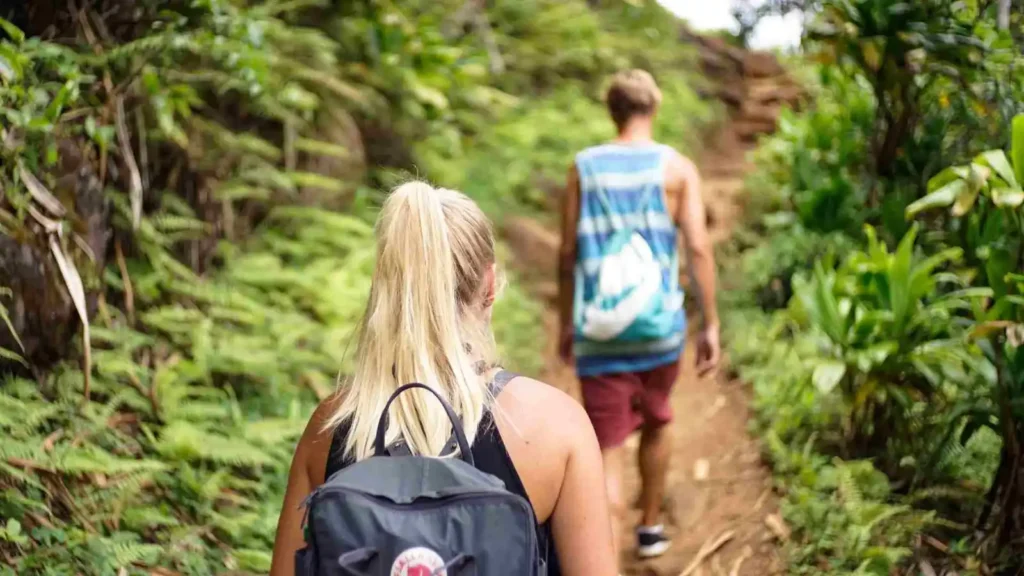
Glendalough Monastic Site
Founded by St. Kevin in the 6th century, it stands as one of the most historic sites of Ireland. Explore the ancient monastic city with a round tower and ancient churches. The site, an absolute must on any itinerary for lovers of history, is not far from Glendalough Valley.
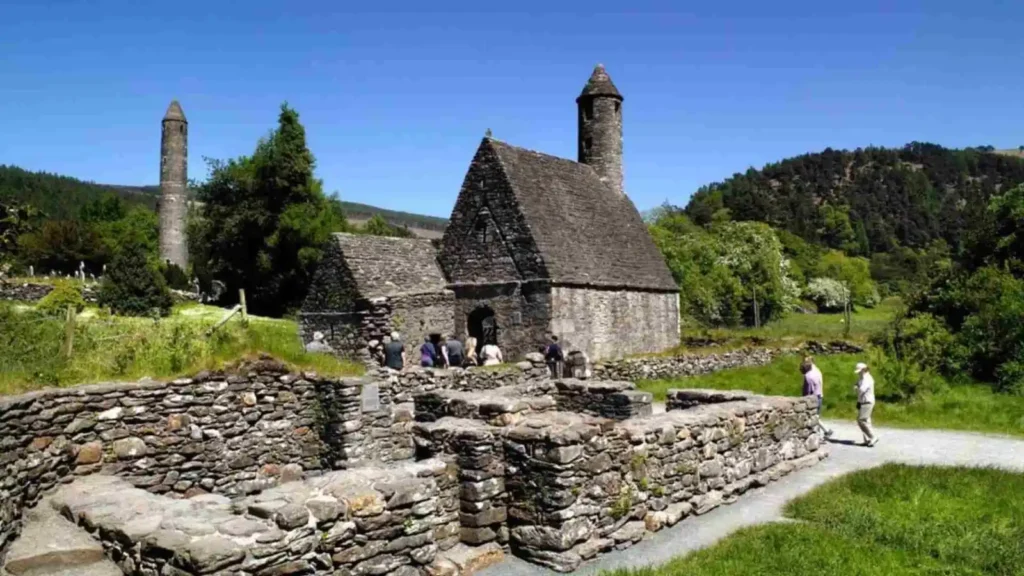
Wildlife Spotting
The park is home to red deer, badgers, and the red grouse. Birdwatchers may see the peregrine falcon soaring over the cliffs. The Glendalough Oak Woodlands offer rich habitats for wildlife.
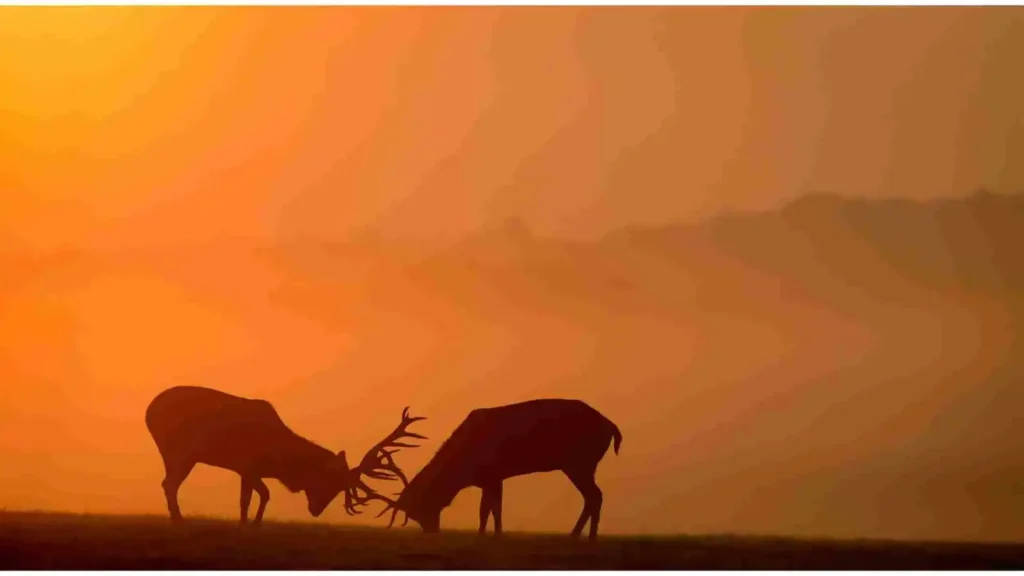
Scenic Drives and Cycling
Enjoy the views along Military Road, a breathtaking road. The Gap Drive through Wicklow Gap must be taken by a photographer. Cycle along the loop trails through Wicklow Park.
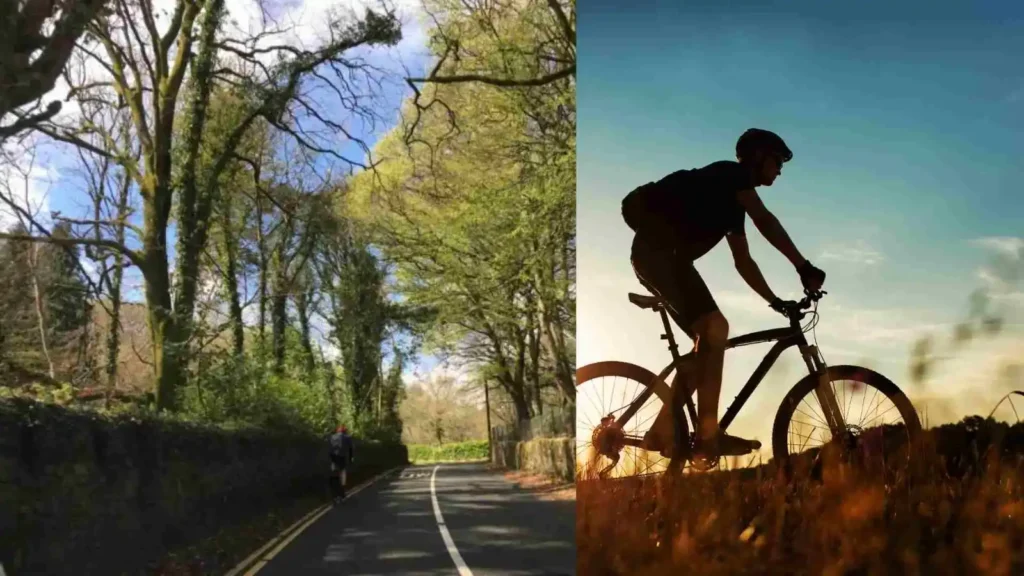
How to get to Wicklow Mountains National Park?
From Dublin, take the R115 road following Wicklow Station. The Glendalough lower car park offers convenient parking. Follow the signs for the national park information and key attractions.
Access is available via public bus service from Dublin to Wicklow town or by train to Wicklow Station, followed by a bus service from the station to the park.
Best Time to Visit Wicklow Mountains
Spring or autumn provides a setting of good, mild weather for a Wicklow walk. In summer, the long daylight hours combined with winter bring a dramatic and wild touch to the combined park group. Visit on weekdays so that you avoid big crowds.

Essential Travel Tips for Visitors
Parking Information
The Glendalough Lower Car Park fills up very quickly, particularly on weekends. Here are some parking tips:
- Arrive early in the morning to get a spot.
- Use the Upper Lake Car Park as a reserve.
- Try to avoid peak hours (11 AM–3 PM) to ease waiting time.
- Head for the overflow parking areas as directed by signs.
- Check for a live parking update on the national park information website.
Safety Tips
The strenuous terrain may prove hazardous. Keep safe with these tips:
- Always check the Weather Service before your trip.
- Stick to marked loop trails and follow trail signs.
- Wear sturdy, waterproof hiking boots to keep yourself secure.
- Carry a fully charged phone with emergency contacts on speed dial.
- Hiking alone, particularly in remote regions, is to be avoided.
- Be vigilant on the Wicklow Way track, as conditions can change rapidly.
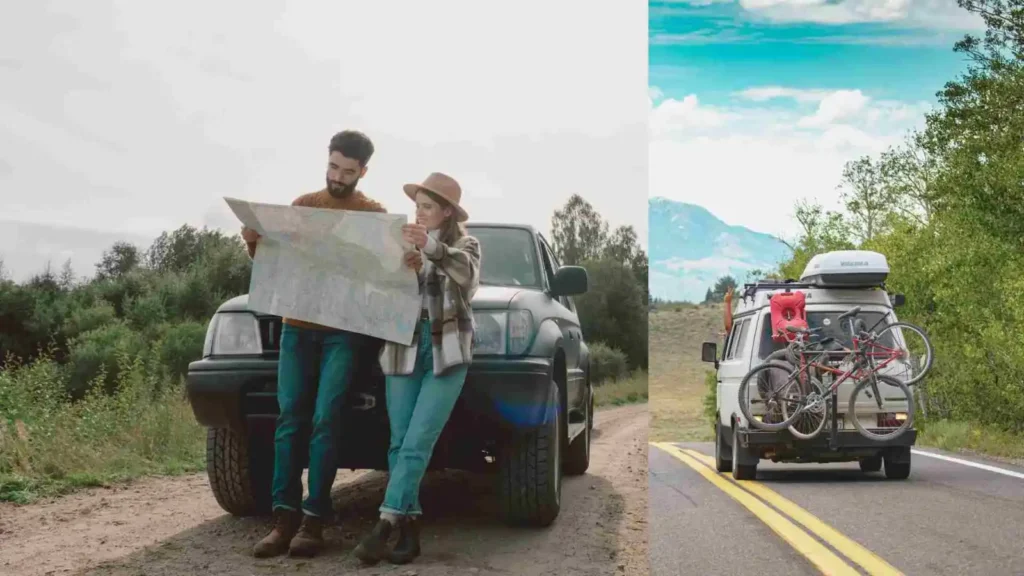
Packing Guide
- A waterproof jacket, layers of clothing, and gloves made of thermal materials.
- Heavy-duty hiking boots with good grip.
- A physical map and a GPS device.
- High-energy snacks and a non-disposable water bottle and thermos for hot drinks.
- First aid kit, headlamp, and safety whistle.
- Camera for scenic viewpoints and Wicklow Passport as a souvenir.

Conclusion
Wicklow Mountains National Park is the place to visit if you love nature and adventure. Due to forests, historic sites, and biodiversity, it is the jewel of tourism in Ireland. Be it Wicklow attractions or a guided tour, this natural wonder is a hit with everyone. Plan your trip today so that you can experience the beauty of the Mountains Wicklow.
LATEST NEWS
DISCOVER MORE





